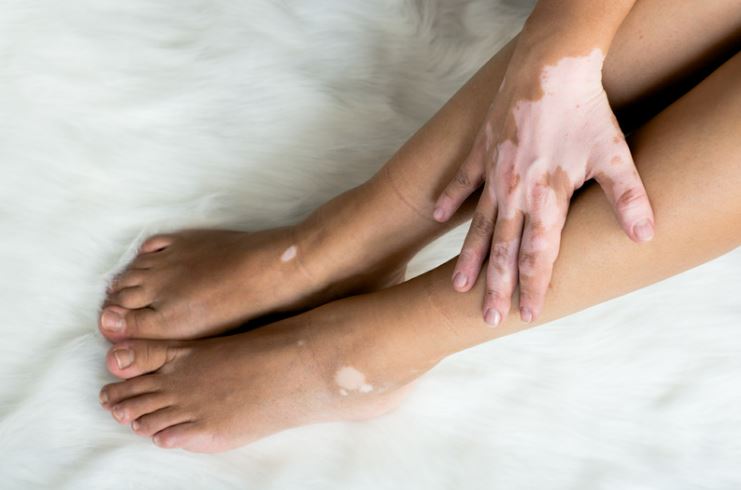Dr Edward Seaton
Consultant Dermatologist
Specialist expertise: General Dermatology, Dermatology, Mohs Micrographic Surgery, Skin Cancer, Rosacea, Acne, Laser Therapy, Paediatrics.
Vitiligo is an autoimmune disease that causes the skin to lose its colour, resulting in the development of white patches.

Vitiligo is a chronic autoimmune disease that causes a loss of pigmentation in patches of skin leaving them white. Patches are most common on the face, neck, hands, and in skin creases, but any area of the body can be affected.
The sizes of the patches and the speed at which they widen and spread can vary. If vitiligo affects areas of the skin with hair, the hair may also lose pigmentation, turning white. This condition can affect all skin types but can be more noticeable in people with darker skin. Vitiligo is not life-threatening or contagious.
Vitiligo occurs when melanocytes, the cells that produce pigment, die or stop producing melanin. It’s not clear exactly what causes this to happen but it may be linked to:
Vitiligo is diagnosed by reviewing medical history and examining the skin in natural light. A ‘Wood’s Lamp’ may then be used to see patches more clearly and help differentiate them from other skin conditions.
Signs and symptoms of vitiligo include:
Vitiligo can develop at any age, but 95% of people will be affected before age 40.
Currently selected day
Available consultations